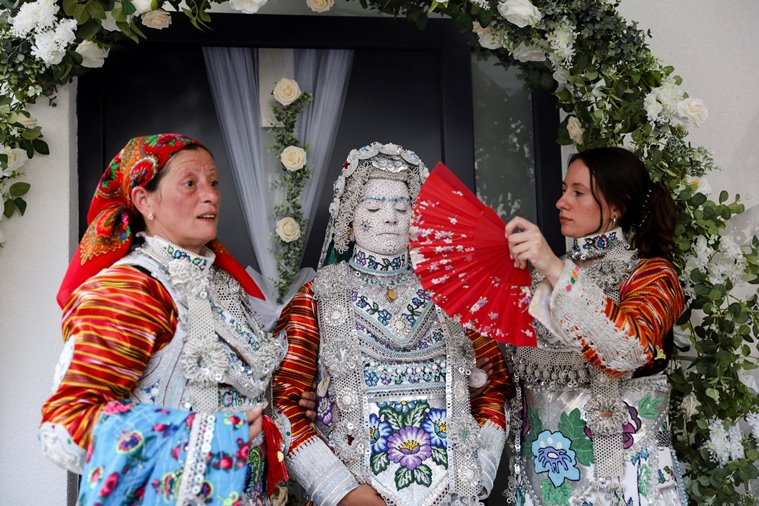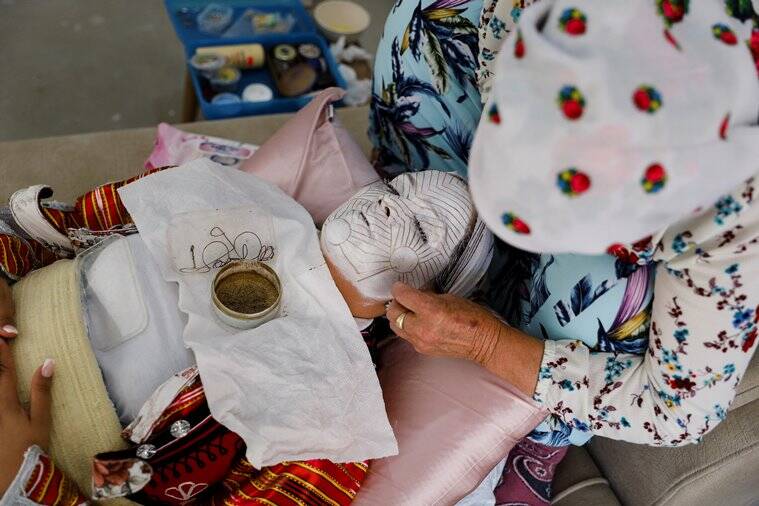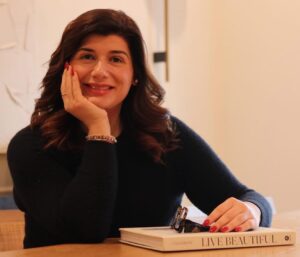For Bosniaks in the Kosovan village of Lubinje e Ulet, a wedding ceremony is an art form.
Maintaining a centuries-old tradition, the two-day event is a festival of music and dance to showcase a bride resplendent in traditional Bosniak costume.
American Melissa Guerrero was dazzled when she attended a traditional wedding on her first visit to Lubinje e Ulet, near the city of Prizren, in 2013 to meet the family of her high school sweetheart. So much so she dreamt of having a similar wedding herself.
Last week Melissa, 30, realised that dream. Dressed head to toe in traditional costume, her face painted white with elaborate sprays and dots of red, blue, gold and silver, she married Melsid Redzepi, who is from a Bosnian family in Kosovo. He was seven when the war began in Kosovo and his family moved to the United States.


“When I came for the first time in 2013, I witnessed a wedding here and I just thought it was so rich and so special and it is something that I had never seen anywhere else in the world,” said Melissa, a graphics designer who was born in Mexico before her family emigrated to the United States when she was 11. She met Melsid in elementary school in Chicago. “All those lines and those colours on the face of the bride symbolize an experience be that happiness, love, respect, harmony and so on,” said Xhavit Rexhepi, a former biology professor who has written a book on local traditions in the area. Although similar face paintings and costumes, which are pagan in origin, can be found in other communities in countries such as Albania, North Macedonia, Bulgaria and Turkey, Rexhepi said the designs on wedding dresses in his village are unique.
DYING ART? Lubinje e Ulet’s population has halved from about 3,000 inhabitants 20 years ago as many emigrated abroad. July and August are the busiest months for weddings as many people with links to the village return to visit then and there is a wedding every day, sometimes twice a day. “Once you are born here you cannot get out of it,” said Melsid, the groom.
However, there are fewer and fewer people every year who want this kind of traditional wedding and there is only one woman left who does the makeup.
Aziza Sefitagic, who is in her late 60s, has tried to teach her art to other women in the village but most of them have since emigrated to Western countries. “I just hope this tradition will not die with me,” Sefitagic said while painting Melissa’s face.








